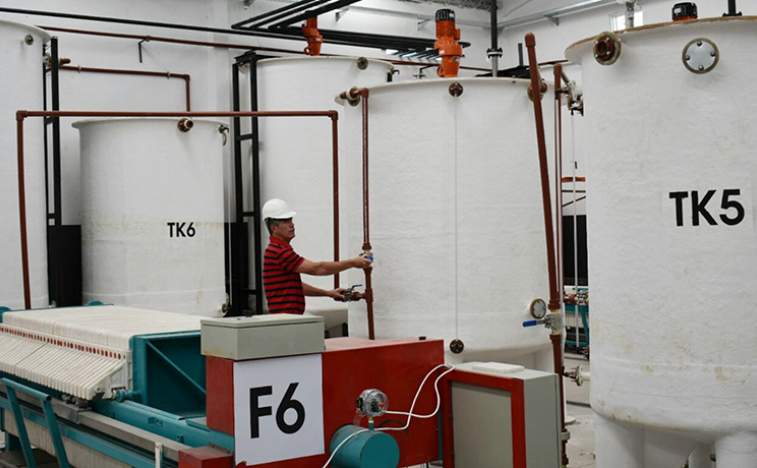Lithium is the lightest element on the earth which also has the least density. It is a pure element that has significant industrial worth and carries certain interesting properties. It is so light that it can float on water and is so soft that it can be cut with a kitchen knife. Lithium is used in a variety of industries such as pharmaceutical, aerospace, and batteries. Lithium carbonate is used as medication in mental health issues for stabilizing mood swings. Lithium is the key to modern lightweight Li-ion batteries used in laptops, smartphones, and many other rechargeable devices. Due to its versatility, the Lithium market is showing good signs of growth and is not going down any time soon.
Lithium Market Outlook:
Here is an explanation of what new levels Lithium market is going to achieve in the next few years.
- The pharmaceutical, battery, and aircraft industry are the major buyers of lithium. The lithium market is showing higher demands as the global demand for lithium carbonate is expected to grow at a Compound Annual Growth Rate (CAGR) of 8 percent until 2020. The rechargeable battery industry accounts for 36 percent of the total lithium demand which is expected to grow at a CAGR of 10-15 percent until 2020 whereas glass/ceramics industry is expected to show demands growing at a CAGR of 2-4 percent. In terms of production, major lithium mining countries in the world are Australia, Chile, Argentina, and China. Lithium production in these countries is 14,330 MT, 12,000 MT, 5,700 MT, and 2,000 MT respectively.
- Irrespective of the high global production of lithium, the supply of high-quality battery-grade lithium is going to be tight because of stockpiling by the suppliers to meet future demands. This is a common trend in the electronic market which impacts other industries such as ceramics and healthcare by supplying low quantities of lithium. In addition, global lithium consumption has also increased due to the increased use of smartphones, laptops, electric vehicles, grid storage, and other portable electronic devices. Technological advancements and the increasing number of explorations have also substantially increased lithium production.
- Increasing environmental concerns about fossil fuel emissions across the globe have also led to higher demands of lithium. Carbon dioxide emissions kill thousands of people every year and greenhouse gases are causing rapid climate change. As a result, sustainable renewable energy solutions are gaining popularity and Li-Ion batteries are among the best available options. These are cheap, easy to transport, safe, and can be delivered easily to the end-user. Leading automobile companies such as BMW, Nissan, and Volkswagen along with digital leaders such as Google, Apple, and Tesla are using Li-Ion batteries both in their vehicles and workplaces.
All in all, the fast-growing disposable income of individuals across the globe is driving sales in the consumer electronics segment which is affecting the global lithium batteries demand. This is evident in the Asia-Pacific and MEA regions where every 3rd individual has a mobile phone. In addition, these trends are positive signs for the lithium industry which is expected to occupy a huge market share in the near future.
